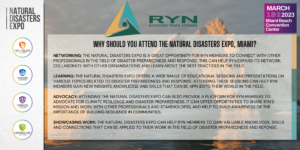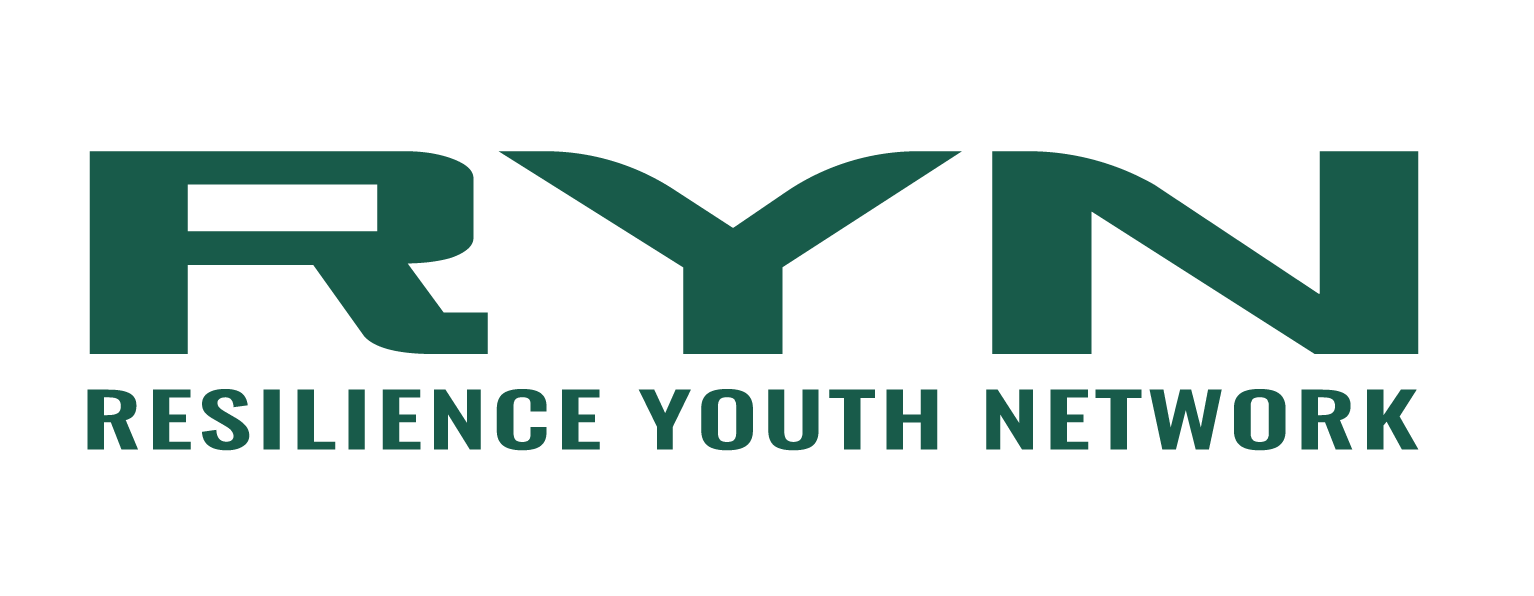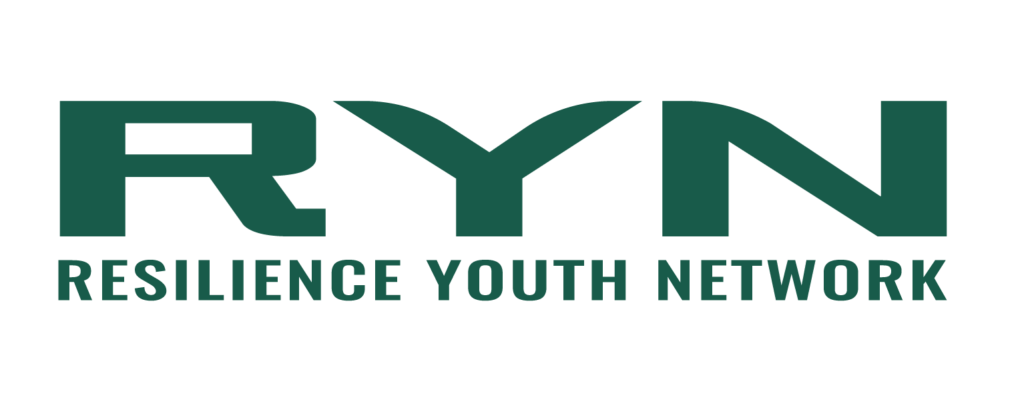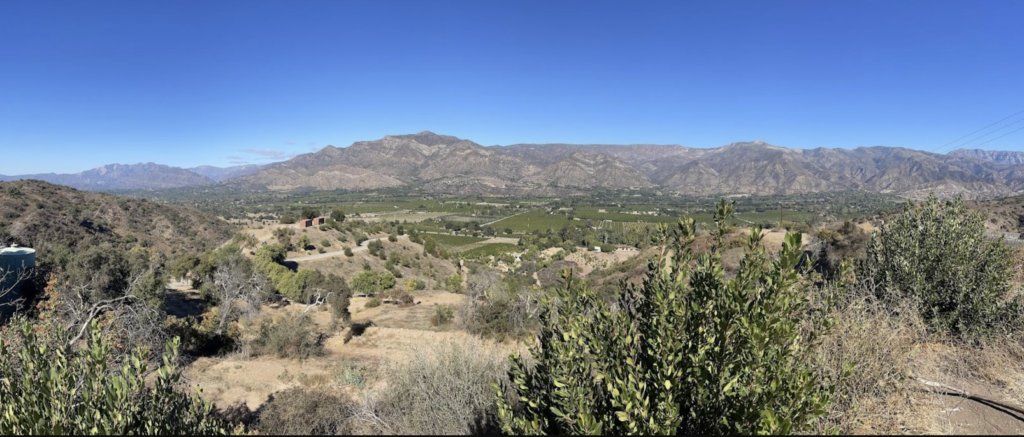I was thirsty, but I didn’t want to ask for water.
This October, the two “lakes” (or rather, water supply reservoirs) I drove by on my way to the farm in Ojai, California – Lake Casita and Lake Cachuma – were both significantly depleted. I didn’t know Casita well, but I remembered Lake Cachuma from 10 years prior, and was shocked at what I saw. In both, there were whole fields of established vegetation on what could be mistaken for flat plateaus or lowlands, except they were surrounded by graduated hills showing too many descending lines marking where the water level used to be. And my friend Natalie had just told me, “If we keep going at the current draw, Casita will be dry in three years.”
I’ve been very, very privileged – I grew up, went to college, and have lived as an adult within about 20 miles of the California coast. Fog and salty marine layers are part of my daily life, but the knowledge of perpetual, state-wide drought has shaped my relationship to rain (and fire). I’ve always been water-conscious, more so than most of my friends, but I still wasn’t prepared for how low the lakes were and just how… dry… everything felt–the land, the air, even my body. Even the sun in October was intense compared to what I’m used to further north.
I wondered how people could grow crops, raise animals, live an agriculture-based life in a place that’s drying up before their eyes. Before this trip, I thought the only hope for drought relief was waiting for the rain. I didn’t realize there are skilled, visionary people strategically planning for another way forward – and it’s working.
Meet Quail Springs Permaculture and the Mama Tree farm.
Quail Springs is further inland from Ojai, in the even hotter and drier Cuyama Valley, and “Planting Water” is the focus of their strategic plan through 2027. Though I didn’t get to see the site this time, I stopped by their annual fundraiser and spoke with my friend and former Quail Springs resident, Natalie, who is now a resident land steward at Mama Tree Farm in Ojai. After her time living, working, and applying her deep environmental knowledge at Quail Springs, Natalie and her partner were hired to convert Mama Tree from conventional farming to permaculture, which Merriam-Webster defines as “an agricultural system or method that seeks to integrate human activity with natural surroundings so as to create highly efficient self-sustaining ecosystems.” 1
As we walked the farm, Natalie gave me a small window into sustainable water management and the principles of “slow, sink, and spread”2 – the guideposts for shifting how we manage rainfall. As Natalie walked us past the goats and their dogs, she showed me a new swale they had recently dug at the base of a hill. The shallow basin is designed to catch (slow) runoff and give it time to be absorbed (sink) into the soil as it runs the full length of the orchard (spread). I was delighted to see the swale and connect the dots between this earthen trench and urban bioswales (shout out to our editor-in-chief, who had the pleasure of coordinating the build of an urban bioswale in downtown San Francisco). Even though I’d learned the function of urban bioswales, seeing this technique on the farm finally solidified the value in my mind. It was immediately clear how much water could be saved to enrich the soil, and nourish the plants and animals that keep the system alive. (My favorite part of the farm was the animals. To me, happy, healthy animals are an indicator of a system that’s working. Based on their relaxed confidence and sense of humor, the goats–and their watchful dog friends–are clearly living their best lives on Mama Tree. Humans are harder to read, but they seemed to be doing pretty well, too.)
It was here that Natalie explained how cover crops and grazing livestock (goats) can be a powerful combination for water management when the animals are rotated through different areas of the land. The cover crops slow and use the rainwater, growing shoots and roots and sequestering carbon in the process. As the animals move around grazing, their hooves break up the baked, hydrophobic layer of topsoil resulting from excessive heat. Then, as the animals move to another area, the crops grow more shoots and roots, accelerating this carbon sequestration via the Liquid Carbon Pathway.3 Natalie described it as a “reverse smoke-stack” effect, which I loved.
This is a small sample of the permaculture practices Natalie thinks about and applies everyday, some of which she learned in her time at Quail Springs Permaculture. Over the past 15 years in the Cuyama Valley, Quail Springs has “regenerated [a] stream” and transformed formerly degraded wetlands that are now “holding and producing more water and are inviting wildlife back to the ecosystem.” It’s definitely worth watching this short video4 about how they’ve transformed the site and also work collaboratively with the local Cuyama community. I love that Quail Springs – and permaculture itself – recognizes and honors the interconnectedness of systems and their multifaceted strategy behind the vision. In conjunction with the daily work of revitalization, they also lead research, local greywater workshops, public advocacy and organizing, and rethinking building materials and codes. Most of this information has been paraphrased from their own words,5 so I strongly recommend that interested readers further explore their website and online resources (including an online Permaculture Design Course). I actually first learned about Quail Springs from their natural building and ASTM testing of cob wall structures, but that’s a story for another time.
Success stories like these deserve recognition and are much needed in the climate resiliency space, and I hope this experience may connect other visionaries to pragmatic action towards a more drought-resilient California. There are many things about the world right now that feel bleak. It’s easy to feel overwhelmed and resigned in the face of sweeping, systemic inequalities and environmental degradation. I often feel lost and like my choices don’t matter, or couldn’t possibly have an impact when the challenges are so large. As I said before, I thought the only viable solution to drought was waiting for the rain.
But these stories from these farms taught me we have so many more options. When we see every choice, every element of our lives and our built environment, as an opportunity, then we have an abundance of options available for restoration and healing. And that commitment to returning to connection, to seeking out and coming back to the stories and people who are literally and figuratively shifting the landscape, is how we can shift our own internal landscapes and sustain the strength needed to make change. We cannot do everything, and we cannot do it alone. But if we keep coming back to ourselves, each other, the wisdom of the land and its stewards (#LandBack, but that’s for another time also); keep speaking up; and keep iterating as we go, then positive, regenerative results are possible, sometimes a lot faster than we think.







